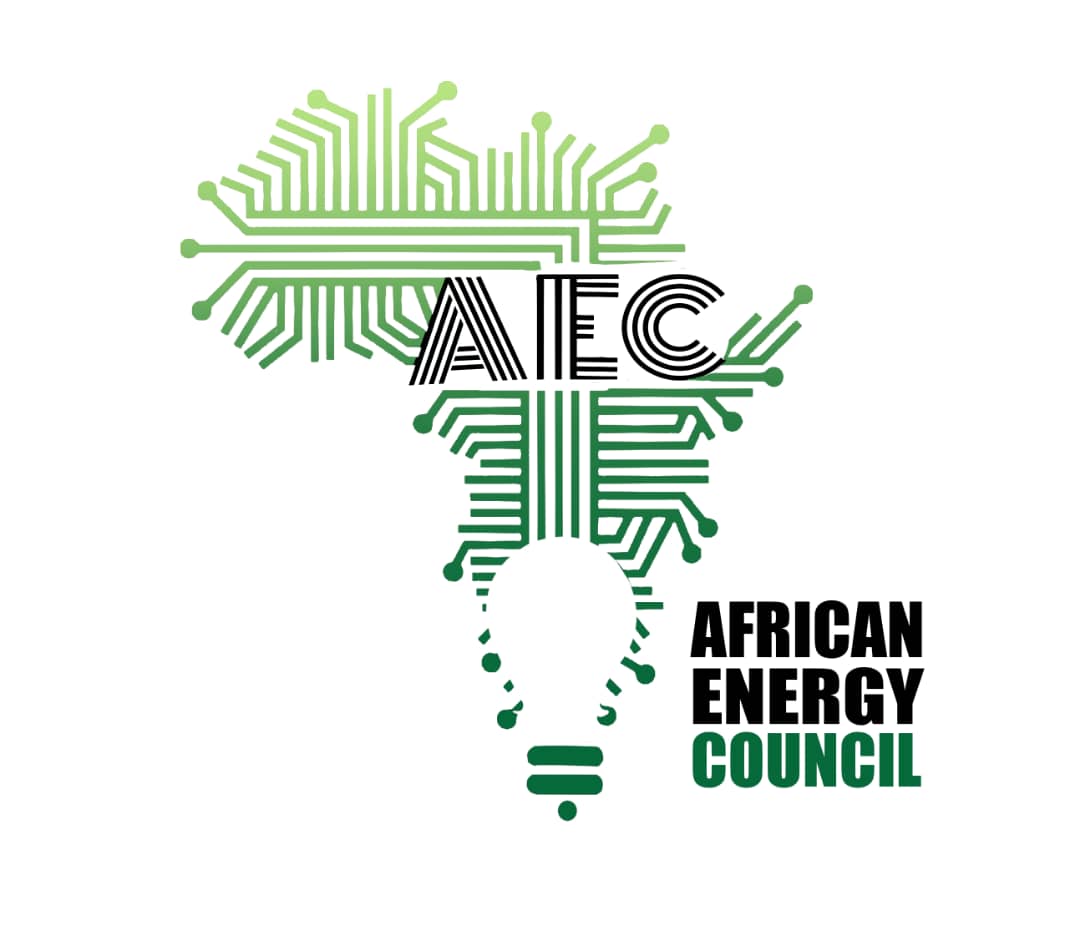African countries have been implementing sustainable strategies for total dependence on renewable energy by 2035.
This isn’t proving easy but substantial efforts are being undertaken to ensure its success. Governments have a critical role to play in decarbonizing the continent. But, first, they must create a conducive policy environment encouraging renewable energy investment and incentivizing businesses and households to adopt sustainable practices.
For example, governments can introduce tax incentives for companies that invest in renewable energy or provide subsidies to families that install solar panels.
Transitioning to a low-carbon energy system requires infrastructure, technology, and policy framework investments. African countries must attract domestic and international investments to fund the development of renewable energy infrastructure and technology.
Additionally, there is a need for policy frameworks such as green financing policies that incentivize the transition to renewable energy and penalize the use of fossil fuels.
The commitment of African countries towards decarbonization presents opportunities for it is possible to overcome the underlying challenges and make more significant moves.
The international community is fundamental in streamlining resources to help navigate the existing challenges, which can help Africa become energy sufficient.
Kenya is one of the countries that have made significant efforts to achieve 100% decarbonization by 2035. The country has recognized the urgent need to address climate change, which significantly impacts its economy, environment, and livelihoods.
In addition, Kenya has introduced incentives to promote electric mobility, such as reducing taxes and import duties on electric vehicles.
The government has also launched a nationwide program to install charging stations, making it easier for people to adopt electric vehicles. This initiative will help to reduce greenhouse gas emissions from the transportation sector.
As of 2021, approximately 86% of Kenya’s electricity generation capacity comes from renewable sources.
This is primarily due to the country’s significant investments in geothermal, hydroelectric, and wind power. Kenya is a global leader in geothermal energy production and has the potential to become one of the world’s top wind energy producers.
In addition to grid-connected renewable energy, there are significant investments in off-grid renewable energy solutions, such as solar home systems and mini-grids, which provide electricity access to rural communities in Kenya.
However, despite the efforts being put in place, challenges still prevent attaining these goals. Kenya’s energy demand is rapidly increasing due to population growth and economic development.
Meeting this demand for renewable energy requires significant infrastructure and technology investments. This can be challenging for a developing country like Kenya, which has limited resources.
Further, the transition to renewable energy requires significant investments, which can challenge developing countries like Kenya. Many African countries need more technical expertise, financial resources, and political will to invest in renewable energy sources.

